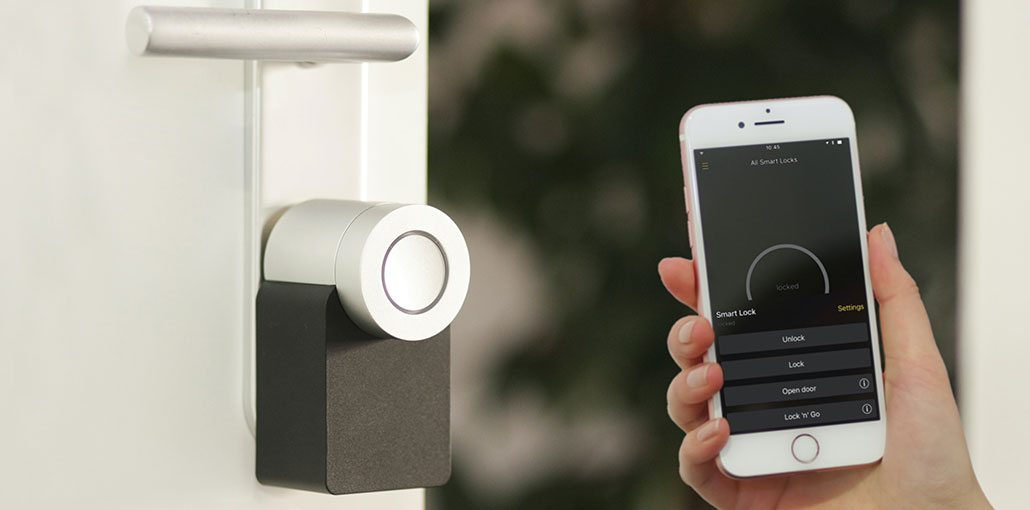Introduction
The security of your home internet connection is becoming increasingly crucial as people purchase more wirelessly linked gadgets.
You can now connect practically any item in your house to your WiFi network, from your laptop, PC, and mobile phone to IoT devices like refrigerators, baby monitors, door locks, and fire alarms.
With all of these gadgets linked to a single internet access point, homeowners must ensure that the security of their home WiFi network is adequate.
While it may be overwhelming to handle this on your own, you don’t have to be a tech expert to protect your network.
How To Strengthen Your Home Internet Connection?
Imagine you are about to download new movies from https://ipiratebay.org/, and your internet speed reduces so much that it takes forever to download the thing.
Do you know what it means?
It means someone else is using your home internet connection.
Also read: Top 5 Wi-Fi Analysis Tools Help to Connect High-Speed Internet
Let’s learn about these new techniques to secure your home network in this article:
1. Limit Its Access
This may sound simple, but don’t give strangers access to your home network.
The more people who have access to your wireless network credentials, the more likely your data may fall into the wrong hands.
For example, A contractor does not require access to your home WiFi network if they are performing repairs in your house.
However, there are exceptions. For example, if someone from your internet provider’s organization comes, you must give them access.
But, you must avoid allowing unfamiliar devices to join your home network unless there is a compelling reason to do so.
2. Turn On WiFi Encryption
Encryption is available on the majority of WPA2 and WPA3 routers.
You may enable this option in the WiFi settings of your router, which you can access using your IP address and router login credentials.
When you enable encryption for your WiFi network, any data exchanged between your wireless channel and your device is encrypted.
This prevents anyone from spying on your WiFi network without first logging in.
Just keep in mind that when you allow this, you’ll need to rejoin all of your devices to your wireless network manually.
3. Update The Router’s Firmware
The firmware on your router is a critical element of the secure network connection jigsaw.
Most wireless routers do not automatically update their firmware, so you must do it yourself.
Each router manufacturer has a somewhat different procedure, so seek instructions on their website.
To upgrade the firmware on your router, go to the manufacturer’s website and download the firmware update file.
Then, connect it to your wireless router.
4. Disable Remote Access
Most routers have a remote access capability that allows you to connect to your WiFi network from any location with an internet connection.
This may be a simple method to administer your wireless network from another place. However, it may also lead to network security difficulties.
If you haven’t updated the default router credentials, anyone might access your wireless password, and, as a result, your home network loses its security.
5. Switch To WPA3 Router
In the year 2018, the WPA3 routers were launched, and they provide more potent security methods that solve many problems reported in WPA2 routers.
If you have rented your router from your ISP, it’s probably a WPA2 router. You’ll need to invest in a second WPA3 router in such a scenario.
While it may be an unanticipated investment, a WPA3 router will boost your home’s wireless network security. It will also most likely strengthen your WiFi signal too.
6. Create A Home Guest Network
Instead of providing your wifi credentials to anybody who needs them, allow them to join a guest WiFi network.
The guest networking option lets you create a distinct WiFi network that gives internet access while concealing any shared folders, storage devices, printers, and network devices linked to your primary wireless network.
This capability is available on most wireless routers and may be accessed through the device settings. Create a separate visitor SSID and guest WiFi password when setting up the guest network.
Also read: Top 10 VPN for Internet Security
7. Turn On Router Firewall
Most wireless routers come with great hardware-based firewall solutions preinstalled. A robust firewall helps to prevent unauthorized traffic from entering or exiting your wireless network.
Router firewalls are frequently not enabled by default; therefore, you must enable yours. To do so, enter your IP address into your router’s settings and enable the option. To discover the firewall toggle, you may need to go to your router’s advanced settings.
Final Thoughts
Learning how to protect your home’s WiFi is a critical step in keeping your data safe from attackers. Given how many of our gadgets connect to our network, you must take all precautions necessary to thwart rogue actors.
If you can’t practically implement all of the suggestions above, at least try a few of them to make tiny, straightforward modifications.
However, if you want to know more about them, you can always ask us in the comment section.










Leave a comment